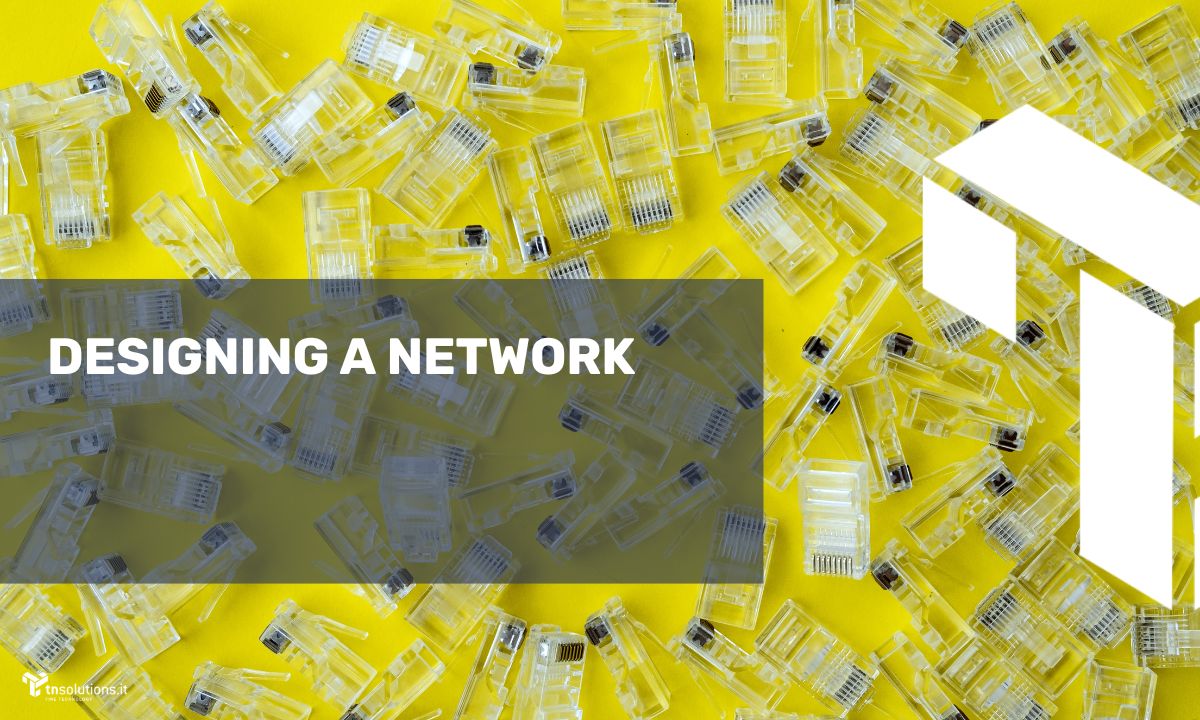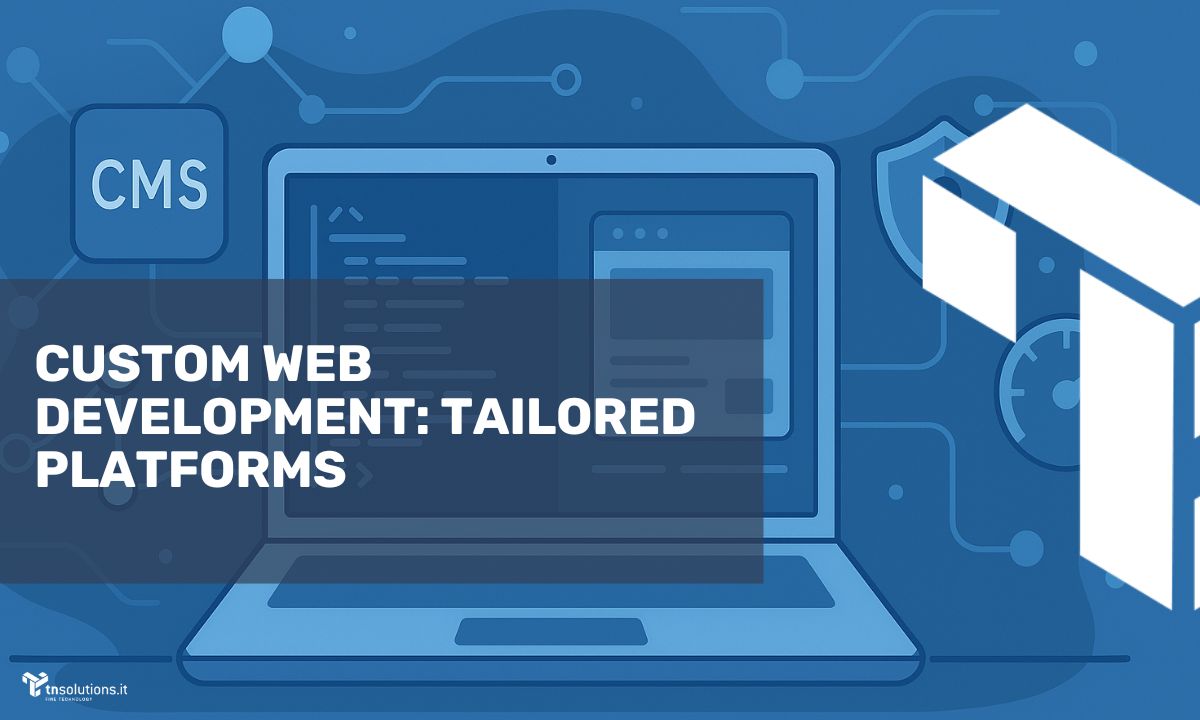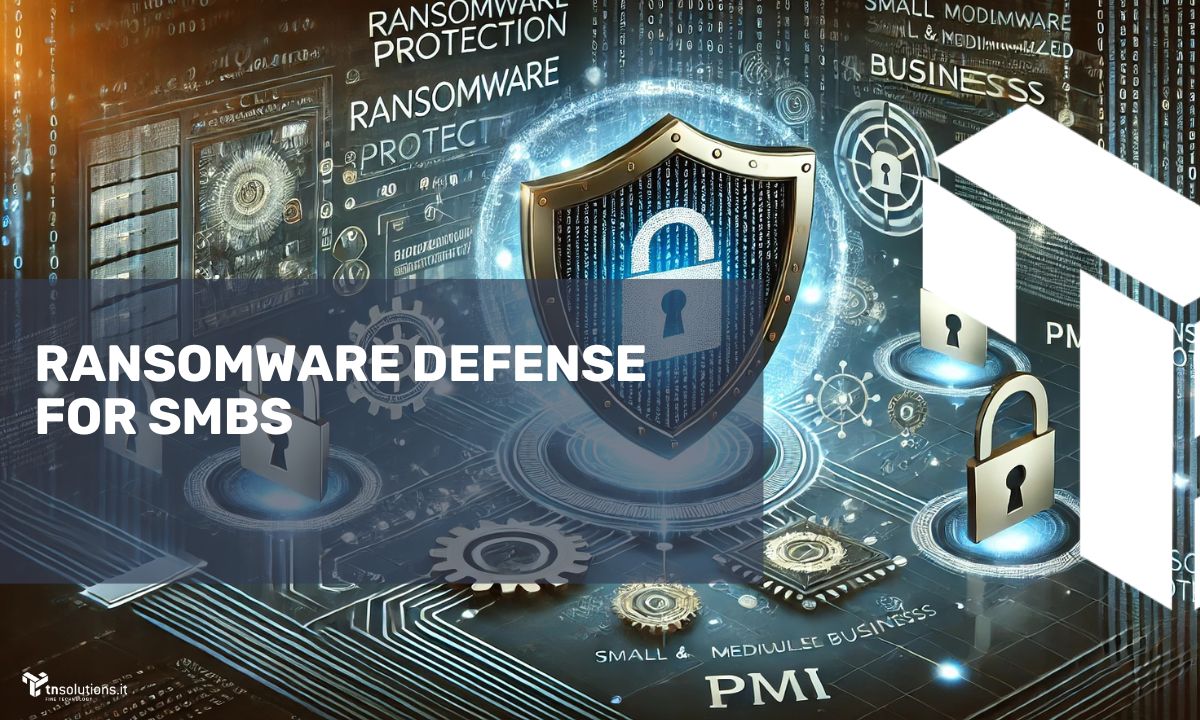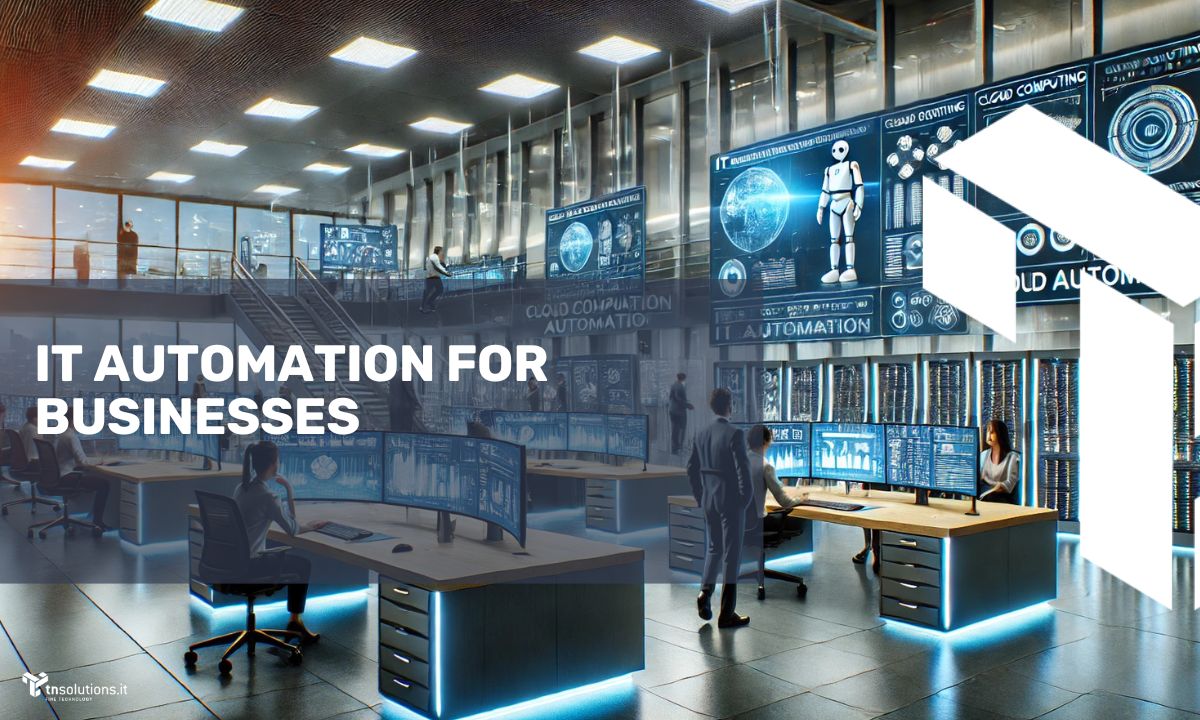
Designing a network is not just about selecting hardware and configuring routers or switches, but also involves defining the client and server systems that make up the network. In this article, we will outline the main steps for creating an effective network, with a particular focus on designing client-server systems.
Identifying User Requirements
The first step in designing a network is identifying user needs and the activities to be performed on the network. This helps define the technical specifications for both the network and the client-server systems. For example, if the network will be used primarily for data processing, a server with large storage capacity is required.
Defining Network Architecture
Once user requirements are clear, the next step is to define the network architecture. This architecture must support user activities and the resources required by the client-server systems. For instance, a client-server network involves a central server managing data processing and multiple client devices accessing the data over the network.

Choosing Network Hardware
Based on the technical specifications, you can then choose the appropriate hardware, including routers, switches, wireless access points, and other components necessary to ensure a reliable and secure connection. Choosing high-quality, branded hardware ensures compatibility and long-term investment.
Defining Client and Server Systems
Designing the client-server systems depends on user needs and the chosen network architecture. For example, one server may handle storage and printing resources, while another manages network security. Additionally, defining the technical specs of client systems, such as storage capacity and processing power, ensures a smooth user experience.
Configuring the Network and Systems
After selecting the hardware and defining the client-server systems, the next step is configuring the network and systems to make them operational. This requires advanced technical knowledge, as proper configuration is essential to ensure network security and system stability.
Testing the Network and Systems
The network and client-server systems must be thoroughly tested to ensure they function properly. This includes testing connection speed, system stability, and network security. Comprehensive testing helps identify potential issues early, allowing for prompt resolution. Additionally, establishing a preventive maintenance plan ensures the network and systems remain in optimal condition.
Leading IT Infrastructure Vendors
Several leading hardware and software vendors provide IT infrastructure solutions. Some of the most notable include:
- Cisco: Specializes in routers, switches, and networking devices.
- HP Enterprise: Provides servers, storage, and networking solutions.
- Dell: Offers servers, storage, and network equipment.
- IBM: Supplies servers, storage, and networking devices.
- Microsoft: Produces server software, applications, and operating systems.
- VMware: Specializes in virtualization software.
- Citrix: Focuses on virtual desktop and application management.
- Symantec: Offers cybersecurity software.
- Fortinet: Provides firewalls and network security devices.
- Juniper Networks: Specializes in routers, switches, and security devices.
When selecting IT infrastructure vendors, consider your company’s specific needs and the characteristics of the network you’re building.
The Solution at Your Fingertips
By following these steps, you can design a reliable and efficient network that meets user needs and supports business activities. The final key recommendation is to always rely on industry professionals who understand both hardware and software and have deep knowledge of cybersecurity.
For any networking or IT-related needs, TnSolutions.it’ experts are available for free consultations. Additionally, our e-commerce site, InitPC, offers hundreds of IT and tech products, available to both individuals and businesses. For specific or larger requests, contact us for a customized quote or proposal.




